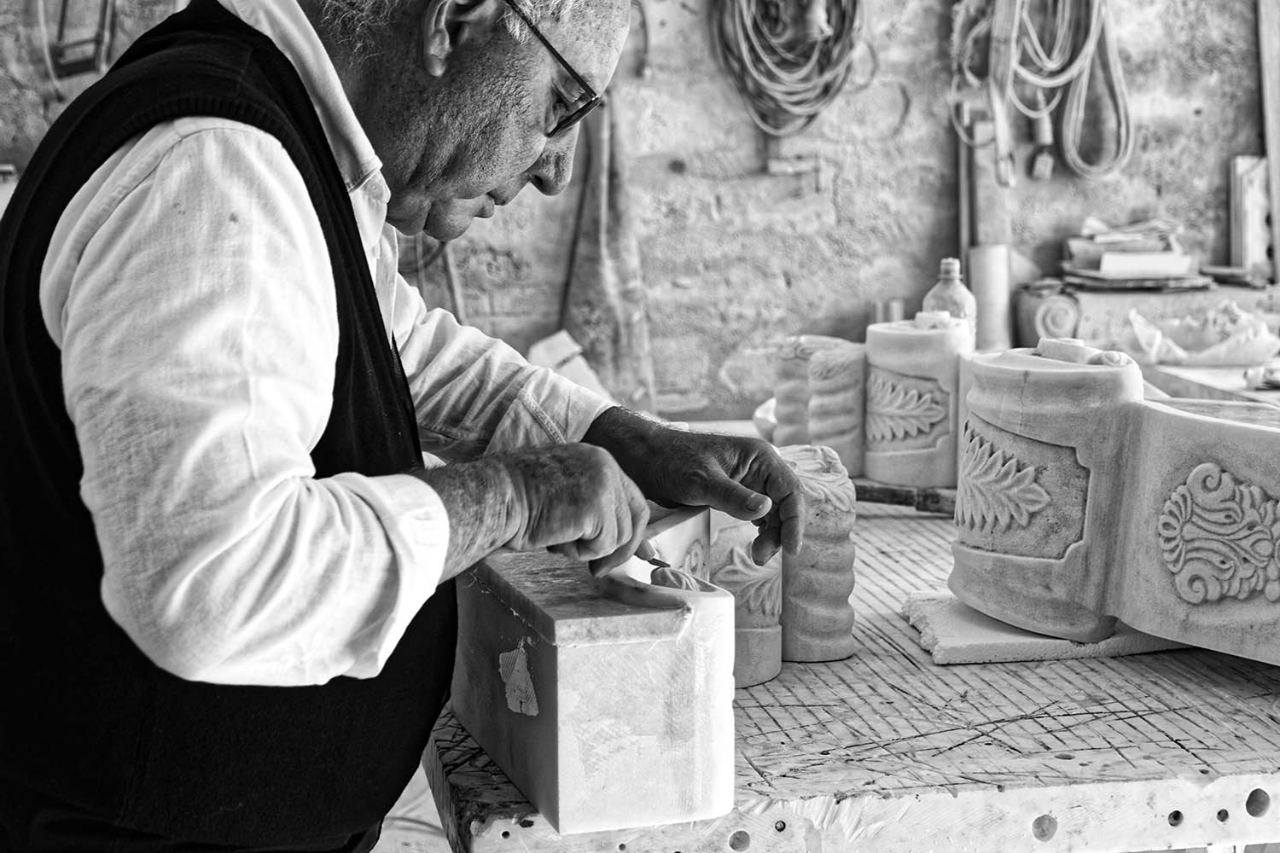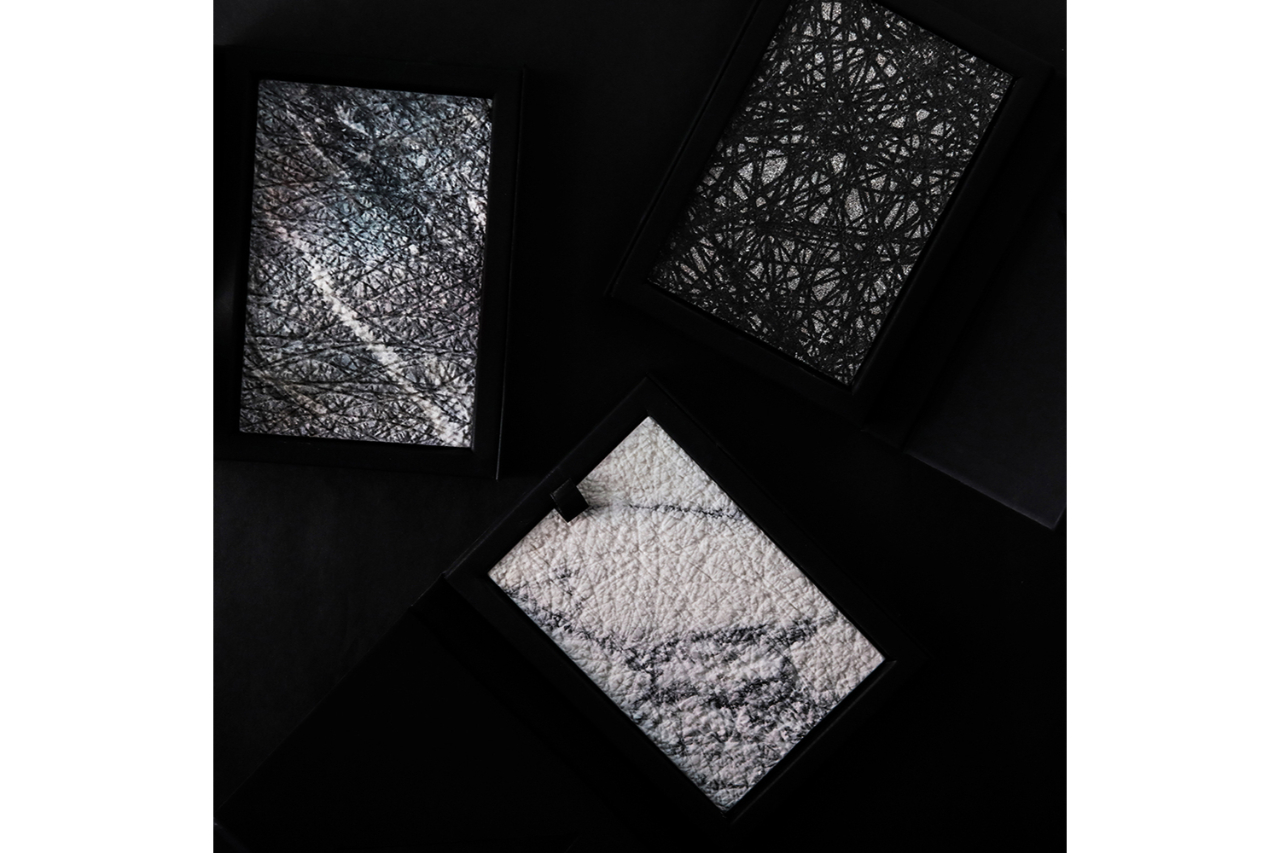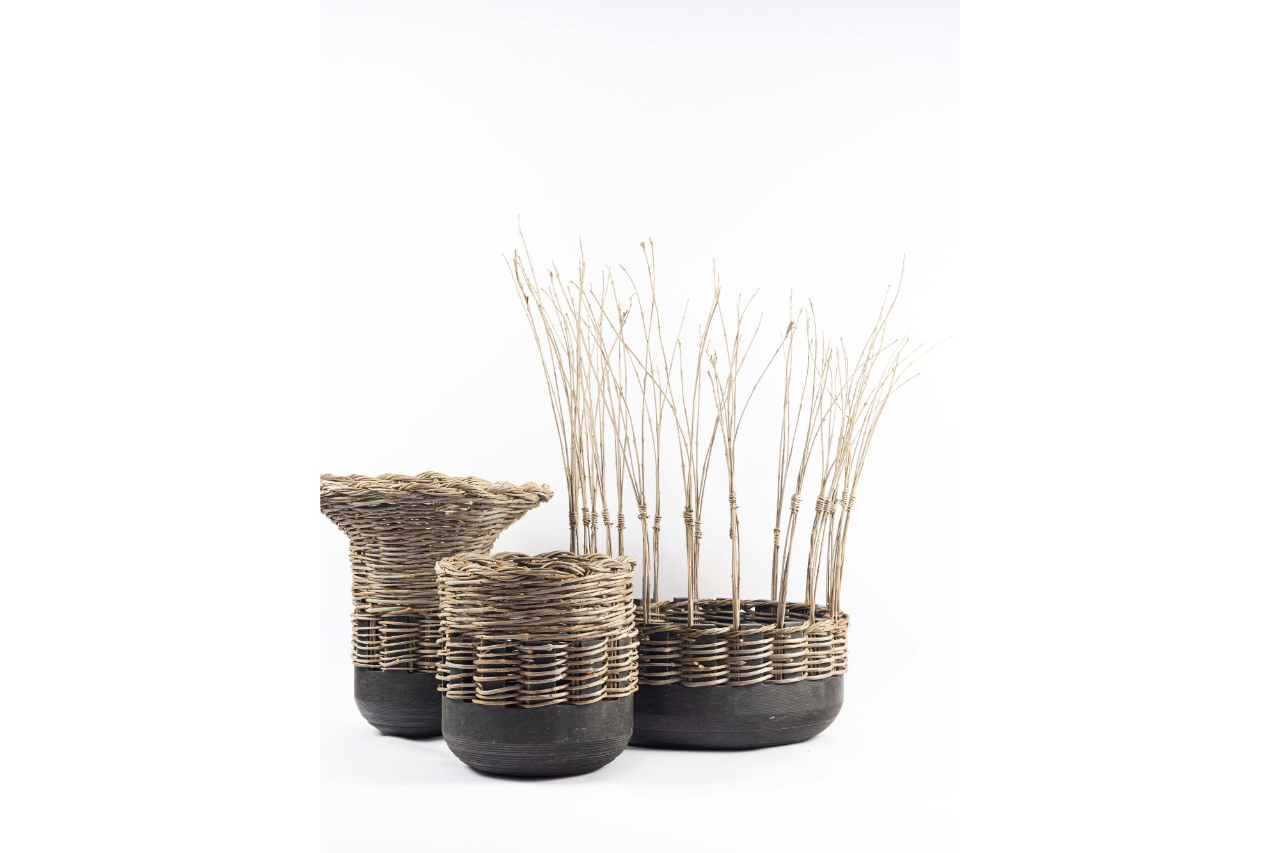











An exhibition project that tells of savoir-faire, territory and artisan sensibilities throughout Italy. “NoveBotteghe Convergenze Materiche” is a cultural and business concept created for Milano Home by gumdesign, an architecture, graphics and industrial design studio founded in Viareggio by Laura Fiaschi - designer and graphic designer - and architect Gabriele Pardi.
NoveBotteghe is a special environment where you can observe and get to know artisans and their works, objects that tell and enhance the beauty, uniqueness and creativity of Italian design.
What is the link between the pieces presented at Milano Home?
“The House of Stone - an independent project curated by our studio, which started out as a cultural event and then turned into a business event - is the conceptual and material tie of the entire exhibition project called NoveBotteghe; it has resulted in an important genetic code”, says Pardi, “with which we have developed more than 80 product collections, obtained by combining marble and other complementary materials.
A design process that resulted in a ‘small’ territorial encyclopaedia made up of 47 artisans from all over Italy, capable of narrating territories, tradition, innovation, manufacturing techniques and personal preferences. The project was the starting point for a Master's degree in Design dedicated to Advanced Handcraft and Product Innovation for IED Florence and generated conferences, university workshops and travelling exhibitions. An experience that resulted in the direct involvement of the artisans and companies involved in Milano Home (Cusenza Marmi, Daniele Paoletti, Greencorks, Intrecci Toscani, Nerosicilia, Offiseria, Pimar, Stefano Parrini) who will exhibit their ‘know-how’, their personal expression and their expertise.
It is also a link for the upright surfaces made of marble and other materials (vegetable-tanned leather, woven willow branches, natural and sheared cork, acid-etched metal, wood inlay and veneer) that will be featured in the large installation at the centre of NoveBotteghe, which Savema Spa commissioned and created with great tenacity and passion”.
This strong combination of complementary feelings and experiences has fostered the creation of an important personal and professional journey. For Fiaschi and Pardi, “happiness and beauty are a founding part of the project, generating seeds and instruments for a positive development. Graphic and product design, interior design and exhibition design, creative management for corporate communication and strategy define the areas of application for our creative journey”.
Art is subject to constant transformation. The contamination of ideas and experiences generates richer identities and leads to new perspectives. What should the idea of a contamination in the world of furnishings tell, convey and what solutions should it offer?
“The theme of contamination is at the heart of the entire founding and generative path of the NoveBotteghe project.
Differences in materials, in their appearance and inner soul constitute the emergence of a storytelling that may lead us towards new goals and dreams; they are solutions related to the design languages, emotional involvement, uniqueness of the objects that are made and are never repetitive, evoking emotions and personality, for an always moving, dynamic and unrepeatable condition. A solid account that defines permanent objects and content in our daily lives.
And the NoveBotteghe project was created with the ‘genetic’ intention of transforming and evolving from year to year, depending on the content it proposes... and so we will have TenBotteghe, TwelveBotteghe, and ThirtyBotteghe that are ready - every year - to tell their stories, their origins, and their goals.
Tradition and innovation, handicraft and technology. How are these factors combined?
These are fundamental themes, required to design sensibly. Territory and tradition, analogue and digital technologies, and sustainability are at the centre of the process of the method based on knowledge of materials and processing techniques, and awareness for a conscious and careful use of raw materials; the creation of ‘emotional’ objects brings with it the need for conservation, and attention to sustainability. It is a real everyday attitude”.